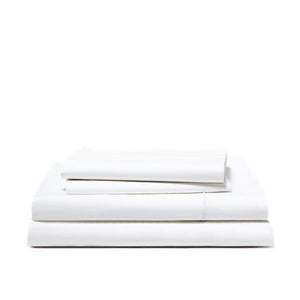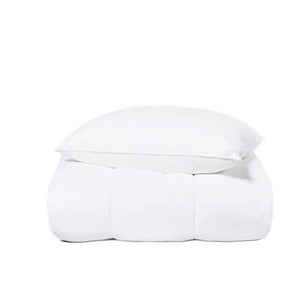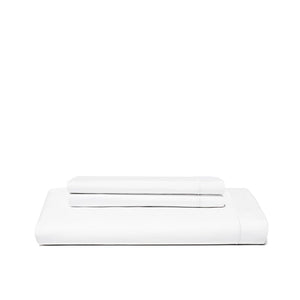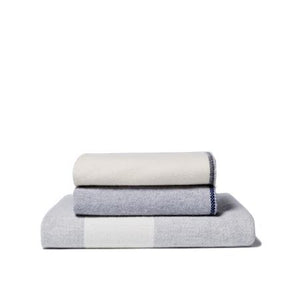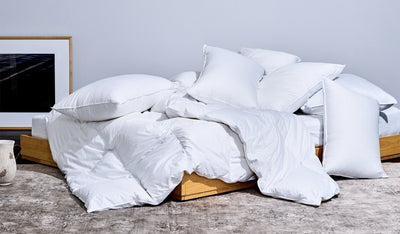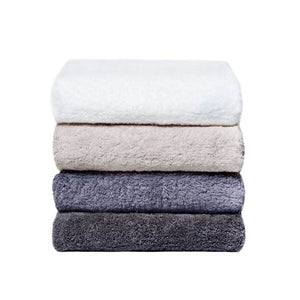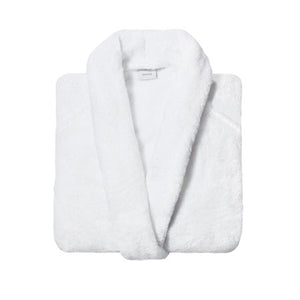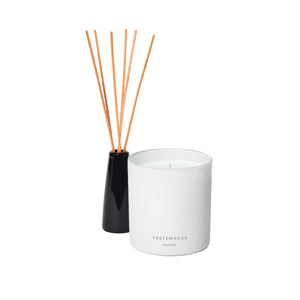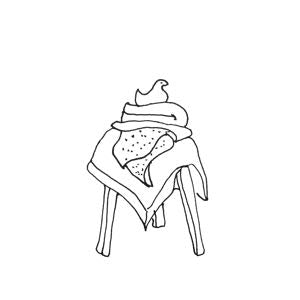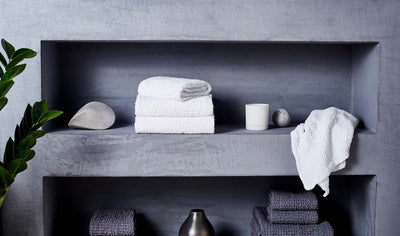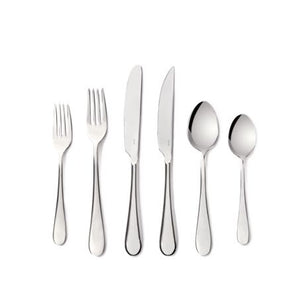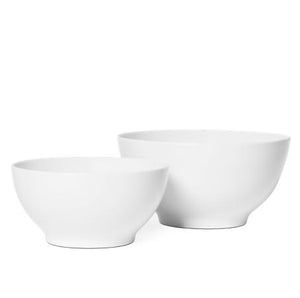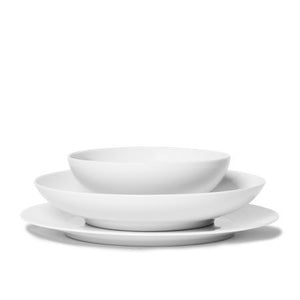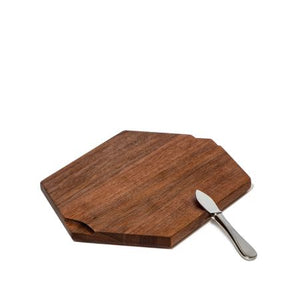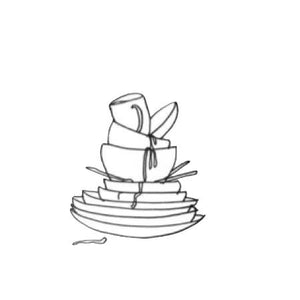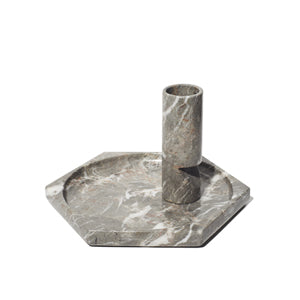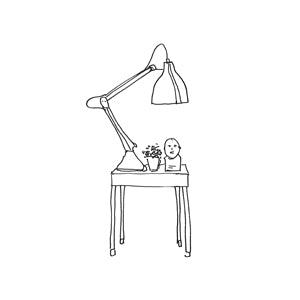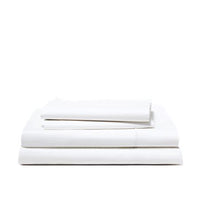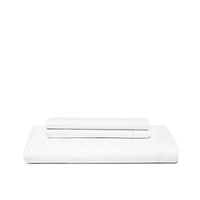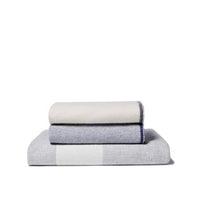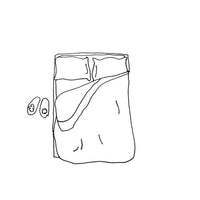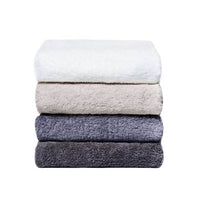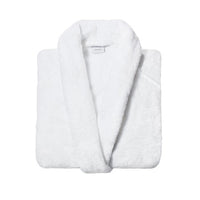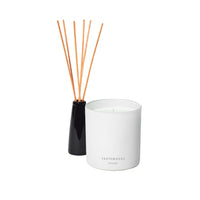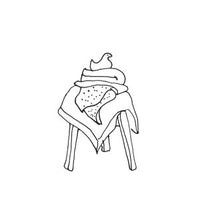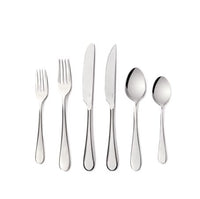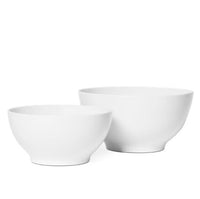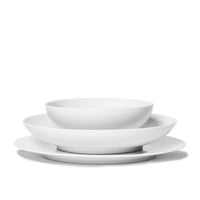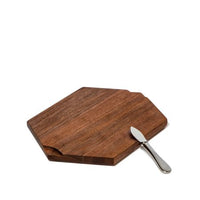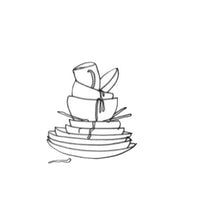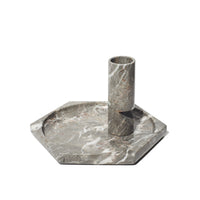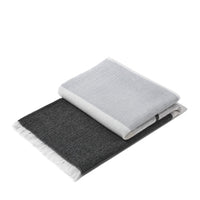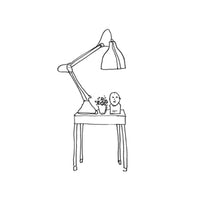If you're shopping for new bedding, you might wonder, "What is down alternative?" This is a synthetic material designed to feel like traditional down but without using animal products. It's ideal for those with allergies or who avoid animal products.
Down alternative is hypoallergenic, meaning it's less likely to cause allergic reactions compared to traditional down, which can have feathers and other allergens. It's also usually cheaper, offering a budget-friendly way to upgrade your bedding.
In terms of comfort, the down alternative is soft, lightweight, and warm without being heavy. It's also more breathable, making it suitable for year-round use.
Understanding Down Alternative

Definition and Composition
Down alternative is a synthetic material that is designed to mimic the feel of traditional down without using animal products. It is made from a variety of synthetic materials, such as polyester or microfiber, which are processed to create a fluffy, down-like texture.
The composition of down alternative can vary depending on the manufacturer, but it is typically made up of a combination of fibers that are designed to provide warmth, comfort, and durability.
One of the key benefits of down alternative is that it is hypoallergenic, making it a good option for individuals who have allergies to animal products or who are concerned about ethical issues related to animal products. Down alternative is also typically less expensive than traditional down, making it a more affordable option for many people.
Comparison with Traditional Down
While down alternative is designed to mimic the feel of traditional down, there are some key differences between the two materials.
Traditional down is sourced from the soft undercoat of birds, such as ducks or geese, while down alternative is made from synthetic materials. This means that traditional down is a natural product, while down alternative is a man-made product.
In terms of warmth, traditional down is often considered to be superior to down alternative. This is because down has a higher fill power, which means that it is able to trap more air and provide more warmth.
However, down alternative can still provide a high level of warmth and comfort, particularly if it is made from high-quality synthetic materials.
When it comes to care and maintenance, down alternative is typically easier to care for than traditional down. Traditional down requires special cleaning and care to maintain its loft and warmth, while down alternative can be machine washed and dried without any special maintenance.
Benefits of Down Alternative

If you're looking for a comfortable bedding option that doesn't involve animal products, down alternative is a great choice. Here, we'll look at the benefits of down alternative bedding.
Hypoallergenic Properties
One of the main benefits of down alternative bedding is that it is hypoallergenic. Unlike natural down, which can trigger allergies in some people, down alternative is made from synthetic materials that are less likely to cause an allergic reaction.
If you suffer from allergies, asthma, or other respiratory issues, down alternative bedding may be a better choice for you.
Ease of Cleaning
Another benefit of down alternative bedding is that it is easy to clean. While natural down requires special care to avoid clumping or losing its loft, down alternative can usually be washed and dried in a standard washing machine and dryer.
This makes it a convenient option for busy households or anyone who wants to avoid the hassle of hand-washing or dry-cleaning their bedding.
Animal-Friendly Options
If you're vegan or simply prefer to avoid animal products, down alternative bedding is a great choice. Unlike natural down, which is harvested from ducks or geese, down alternative is made from synthetic materials that don't involve animal cruelty.
This makes it a more ethical choice for anyone who wants to support animal rights and sustainable practices.
Types of Down Alternative Fill

When it comes to down alternative fill, there are several types available in the market. Each type has its own unique properties that make it suitable for different purposes.
Polyester Fill
Polyester fill is one of the most common types of down alternative fill. It is made from synthetic polyester fibers that are designed to mimic the softness and loft of natural down.
Polyester fill is lightweight, hypoallergenic, and easy to care for. It is also affordable, making it a popular choice for budget-conscious shoppers.
Microfiber Fill
Microfiber fill is another popular type of down alternative fill. It is made from ultra-fine synthetic fibers that are designed to mimic the softness and loft of natural down.
Microfiber fill is lightweight, hypoallergenic, and easy to care for. It is also highly breathable, making it a good choice for people who tend to sleep hot.
Recycled Polyester Fill
Recycled polyester fill is a type of down alternative fill that is made from recycled plastic bottles. The plastic bottles are melted down and turned into polyester fibers, which are then used to create the fill.
Recycled polyester fill is an eco-friendly option that is also lightweight, hypoallergenic, and easy to care for. It is a good choice for people who are looking for a sustainable bedding option.
Choosing the Best Down Alternative Comforter

When it comes to choosing the right down alternative comforter, there are a few things you need to consider. This section will guide you through some of the most important factors to keep in mind.
Warmth and Weight Considerations
Understanding Fill Power
Fill power is a measure of the loft or fluffiness of a down alternative comforter. The higher the fill power, the more air the comforter can trap, which means it will be warmer and more comfortable.
When choosing a down alternative comforter, it's important to look for one with a high fill power. However, keep in mind that a higher fill power usually means a higher price tag.
Selecting the Appropriate Size
When selecting a down alternative comforter, it's important to choose the appropriate size for your bed. A comforter that is too small will not provide adequate coverage, while one that is too large may be too heavy and cumbersome.
To determine the appropriate size for your bed, measure the dimensions of your mattress and add a few inches to each side. This will ensure that the comforter provides adequate coverage and looks proportional to your bed.
In addition to size, it's also important to consider the type of duvet cover you will be using with your comforter. Make sure that the duvet cover is the appropriate size for your comforter and that it has ties or buttons to keep the comforter in place.
When shopping for a down alternative comforter, it's important to consider the features that will impact your comfort and overall satisfaction with the product. Here are some key features to look for:
Baffle-Box Construction
One feature to look for in a down alternative comforter is baffle-box construction. This refers to the way the comforter is sewn, with small fabric walls (baffles) that separate the filling into individual pockets.
This helps prevent the filling from shifting or clumping, ensuring that the comforter stays fluffy and evenly distributed. Baffle-box construction also helps maintain the overall shape of the comforter, so it won't flatten or become lumpy over time.
Corner Loops and Duvet Ties
Another feature to consider is whether the comforter has corner loops or duvet ties. These are small loops or ties located at the corners of the comforter that allow you to attach it to a duvet cover.
This keeps the comforter securely in place inside the cover, so it won't shift or bunch up during the night. Corner loops and duvet ties are especially important if you tend to move around a lot in your sleep or if you have a larger bed size.
Breathability and Temperature Regulation
Breathability and temperature regulation are also important factors to consider when choosing a down alternative comforter.
Look for a comforter that is made with breathable materials, such as cotton or bamboo, that allow air to circulate and prevent overheating.
Additionally, some down alternative comforters are designed specifically for hot sleepers, with cooling technologies or moisture-wicking fabrics that help regulate body temperature throughout the night.
If you tend to overheat at night, look for a comforter with these features to help keep you cool and comfortable.
Conclusion
Down alternative bedding offers a compelling choice for those seeking comfort, affordability, and hypoallergenic properties without using animal products. Made from synthetic materials like polyester and microfiber, down alternative mimics the softness and warmth of traditional down while being easier to care for and budget-friendly. With options like recycled polyester fill, it also supports sustainability.
By considering factors such as warmth, weight, fill power, and specific features like baffle-box construction and breathability, you can find the perfect down alternative comforter to meet your needs and ensure a restful night's sleep.
Take a look at our down alternative collection! We have pillows, pillowcases, and bed sheets to make your bedroom cozy. Start sleeping better today!
Frequently Asked Questions

Can down alternative bedding be used with electric blankets?
Yes, down alternative bedding can be safely used with electric blankets without compromising its loft or comfort.
Does down alternative bedding compress over time like traditional down?
Down alternative may experience some compression over time, but high-quality options tend to maintain their loft better than lower-quality ones.
Can I use down alternative pillows for neck support?
Yes, down alternative pillows can give great support to your neck, especially when you pick the best best down alternative pillows with the right firmness. They're made to be comfortable and keep your neck aligned well while you sleep. This helps you get better rest, matching how you like to sleep.
What is the lifespan of a down alternative comforter?
With proper care, a high-quality down alternative comforter can last between 5 to 10 years.
